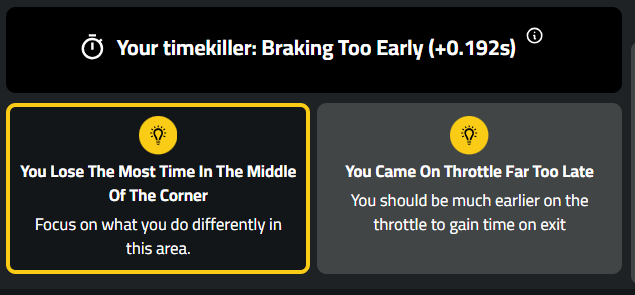Snetterton Track Guide
Snetterton Circuit, located in Norfolk, England, is a beloved motorsport venue renowned for its high-speed straights and challenging corners. With a rich history dating back to the 1950s, Snetterton has evolved into a modern, dynamic track that caters to a wide range of motorsport events, from club racing to international championships. In this circuit guide, we'll delve into the characteristics of Snetterton, explore how different cars react to its layout, and provide valuable tips for drivers looking to conquer its twists and turns.
Circuit Overview:
Snetterton's layout underwent significant redevelopment in the early 2010s, resulting in a track configuration that combines fast, sweeping sections with technical corners. The circuit features three main layouts: the 300, 200, and 100 circuits, with varying lengths and challenges. The 300 layout, measuring approximately 3 miles in length, is the most commonly used and offers a thrilling mix of long straights and challenging corners.
Characteristics:
High-Speed Straights: Snetterton is renowned for its long straights, particularly the iconic Bentley Straight and Revett Straight. These sections provide ample opportunities for high-speed racing and overtaking manoeuvres, demanding precise braking and acceleration control.
Technical Corners: Despite its straight-line speed emphasis, Snetterton also features several technical corners that test a driver's skill and precision. Turns such as Riches, Palmer, and Coram require a delicate balance of speed and finesse to navigate effectively.
Variability in Elevation: The circuit's undulating nature adds an extra layer of complexity to the driving experience. Drivers must anticipate changes in elevation, particularly when approaching corners, to maintain optimal racing lines and stability.
Car Behaviour:
Different types of cars react differently to Snetterton's challenges, influenced by factors such as power delivery, aerodynamics, and handling characteristics:
High-Powered GT Cars: Cars with high power output and excellent aerodynamics excel on Snetterton's long straights, allowing them to reach impressive speeds. However, drivers must remain vigilant during braking zones and corner entry to prevent understeer or loss of control.
Single-Seaters: Formula cars and open-wheelers thrive on circuits like Snetterton, where aerodynamic grip plays a crucial role in cornering performance. These cars can carry high speeds through fast corners but require precise throttle and steering inputs to maintain stability.
Touring Cars: Touring car competitors benefit from Snetterton's mix of straights and technical sections, showcasing their agility and acceleration capabilities. These cars typically exhibit strong traction out of slower corners, making them formidable contenders in race scenarios.
General Driving Tips:
Master Braking Zones: Given the circuit's high-speed nature, precise braking is essential to set up for successful corner entries. Practice braking points and experiment with brake pressure to find the optimal balance between deceleration and cornering speed.
Smooth Cornering Technique: Snetterton rewards smooth, controlled driving techniques. Focus on maintaining a steady throttle and steering input through corners, avoiding abrupt movements that could unsettle the car.
Use Track Extremes: Utilise the full width of the track to maximise cornering potential and carry higher speeds through turns. Be mindful of track limits and avoid exceeding them to prevent penalties.
Mind Elevation Changes: Anticipate elevation changes and adjust your driving accordingly, particularly when approaching blind corners or cresting hills. Smooth transitions and precise positioning are key to maintaining stability.
Study Track Conditions: Stay attuned to track conditions, as changes in temperature or weather can significantly impact grip levels and tire performance. Adjust tire pressures and setup parameters accordingly to optimise performance.
Snetterton Circuit stands as a challenging yet exhilarating venue for motorsport enthusiasts, offering a blend of high-speed straights and technical corners that push drivers to their limits. By understanding the circuit's characteristics, appreciating how different cars react to its layout, and employing effective driving techniques, competitors can maximise their performance and truly master the art of racing at Snetterton.



.png)






















